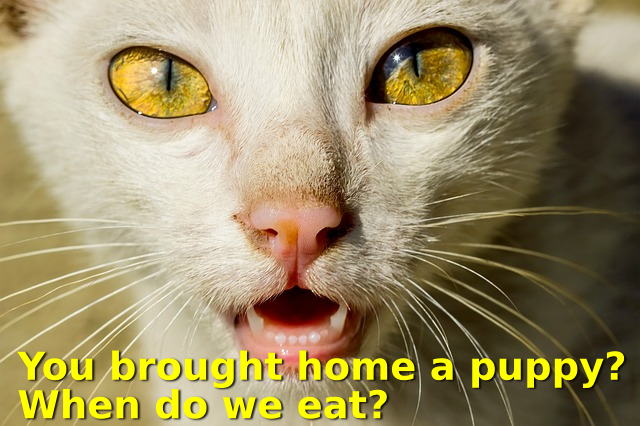- a humorous image, video, piece of text, etc. that is copied (often with slight variations) and spread rapidly by Internet users.
You see them every day on Google+ and Facebook. These silly pictures get passed around because they speak to us. “Yeah! I think that too.” A while back, a friend of mine, Justin Kirchhoff, asked if everyone just passed these things around or if they actually got creative and did their own.
I realized with my favorite open tools that it was pretty easy to add my own observations and sense of humor. Figure 1 shows the first one that I did, using GIMP.
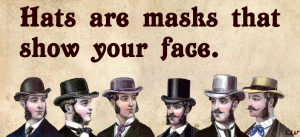
Figure 1 – My first meme graphic
This was more work than I had planned, as I found a public domain picture with a collection of Victorian gentlemen in hats. I had to cut them all out and arrange them. This was the harder way… but I now had something original to share.
Next I did Figure 2, in Inkscape.
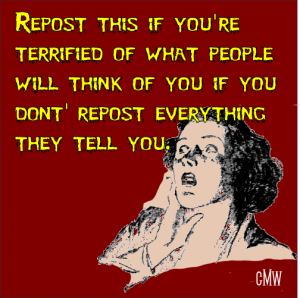
Figure 2 – My 2nd meme graphic
This was a response to all of the posts I was getting that said I didn’t love my family, or support animals, or want to cure terrible diseases if I didn’t pass their message around.
Yesterday I put one up about the World Cup, shown in Figure 3. (Forgive me World Cup fans.)
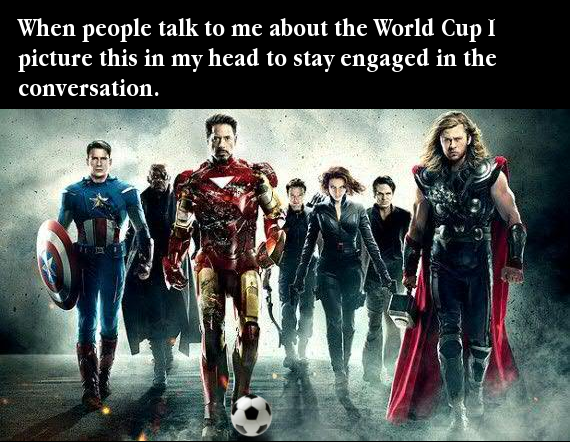
Figure 3 – the one I did yesterday
Making these kinds of things is pretty easy. In general I always try to make use of images that are in the public domain or available through the Creative Commons license. (If you are unfamiliar with Creative Commons you should check it out. It’s made for people who like the culture of remixing art.) This last one obviously uses an image that belongs to Marvel. I could not sell it or anything like that, but the others I could.
Both GIMP and Inkscape allow you to import images. If I don’t have a picture of my own, I usually do some Google searching. In their image search there is a mechanism to search by license. I did a search for “cat” that was “Labeled for reuse with modification.” See Figure 4. (You may have to click the Search Tools option to see those.)
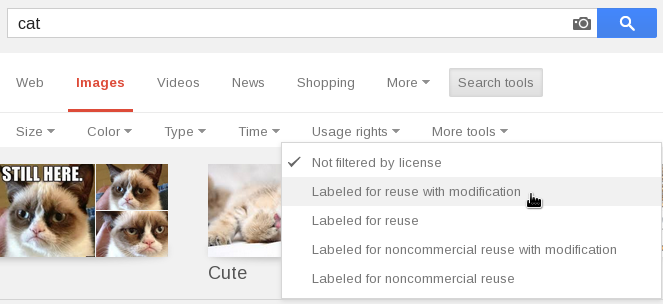
Doing that search found me the lovely picture shown in in Figure 5.

Not all pictures in the search are truly usable. You get some false positives. I always go to the site and do my best to confirm that the picture is available. In this case, the picture came from a site called Pixabay, which specializes in providing freely usable images (bookmarking that!). On the image page there is an information block (Figure 6) that shows this picture is, indeed, public domain. That means I can use it in any way that I wish and even profit from my remixing. Yay!
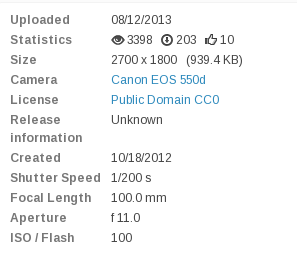
So now I have my image. For this one I think I’ll use Inkscape, because I don’t really have to do any editing, just add text. Since Inkscape is a vector-drawing program it’s really easy to size and place things. If I had to do some alteration to the image I would probably take it into GIMP. Figure 7 shows the image with added text. I just made a text box and added my phrase. Yellow text showed up well with the picture. A drop shadow helps it to stand out and be readable.
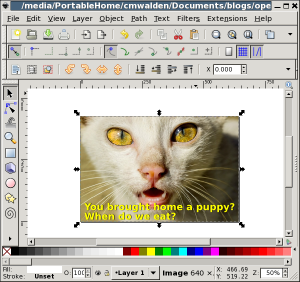
Inkscape saves things as SVG files so we also want to export the picture as a .png (or .jpg if you prefer). Figure 8 shows is the completed image.
It’s easy enough to recaption this by going back into Inkscape, changing the text and then resaving.
This all may seem ridiculously simple to you… and perhaps it is. I just wanted to point out that with some public domain images and some open-source software you can easily express yourself as well as any meme image that passes by your screen. You don’t have to just share the ones you get. You can start some new ones. Maybe one will go viral!
